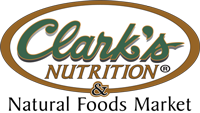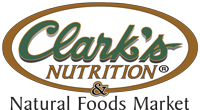Gluten Free
What does following a gluten-free diet mean? That you're embarking on an easy diet with a wide range of health-promoting effects. Instead of dwelling on what you’re giving up, consider that you’re going to enjoy a whole new world of delicious food options to meet your special dietary needs. You’ll be eating seasonally, choosing more fresh fruits and vegetables, focusing on meats, seafood, poultry, legumes, lentils, corn, and rice, and discovering fascinating ancient grains such as quinoa, amaranth, and millet. You’ll be able to eat potatoes, eggs, most cheeses, even chocolate (!)—and enjoy them without guilt because you’ll be taking good care of your body. In fact, you’ll probably end up eating—and feeling—better than ever!
Visit this page for more information about living Gluten Free
---
We carry a large variety of gluten free items, the brands listed below represent just some of the offerings we carry


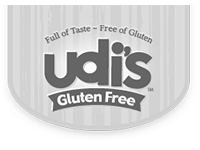










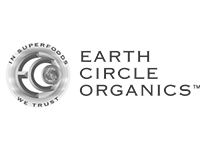

More Diets
Turnips
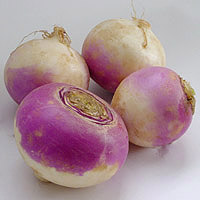
Preparation, Uses, & Tips
Scrub turnips with a vegetable brush before cooking. Then trim the leaf end and slice off the root end. Larger turnips should be peeled, but baby turnips—those less than 2 inches (5cm) in diameter—can be cooked without peeling. Thinly sliced turnips have a crisp texture, and can be consumed raw. They make a good addition to platters of raw vegetables and dip, while diced turnip lends a hearty flavor to soups.
To boil
Cut turnips into chunks and boil until they are tender, about 6 to 10 minutes. Whole turnips take about 30 minutes to cook.
To roast
Use either whole, unpeeled baby turnips or larger ones, peeled and cut into wedges. Then toss with olive oil, salt, and pepper, and place them on a baking sheet in a single layer. Roast at 375°F (190°C) until they are tender, about 35 to 45 minutes.
To microwave
Place turnip cubes, with a few tablespoons (30 to 45mL) of water or stock in a covered microwave-safe casserole and cook on High for about 3 minutes. Then let stand for about 3 minutes before serving.
Good flavors for seasoning turnips include lemon, nutmeg, garlic, cheeses, thyme, parsley, and chervil.
Copyright © 2025 TraceGains, Inc. All rights reserved.
Learn more about TraceGains, the company.
The information presented in the Food Guide is for informational purposes only and was created by a team of US–registered dietitians and food experts. Consult your doctor, practitioner, and/or pharmacist for any health problem and before using any supplements, making dietary changes, or before making any changes in prescribed medications. Information expires December 2025.

